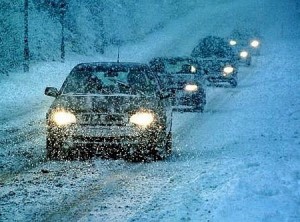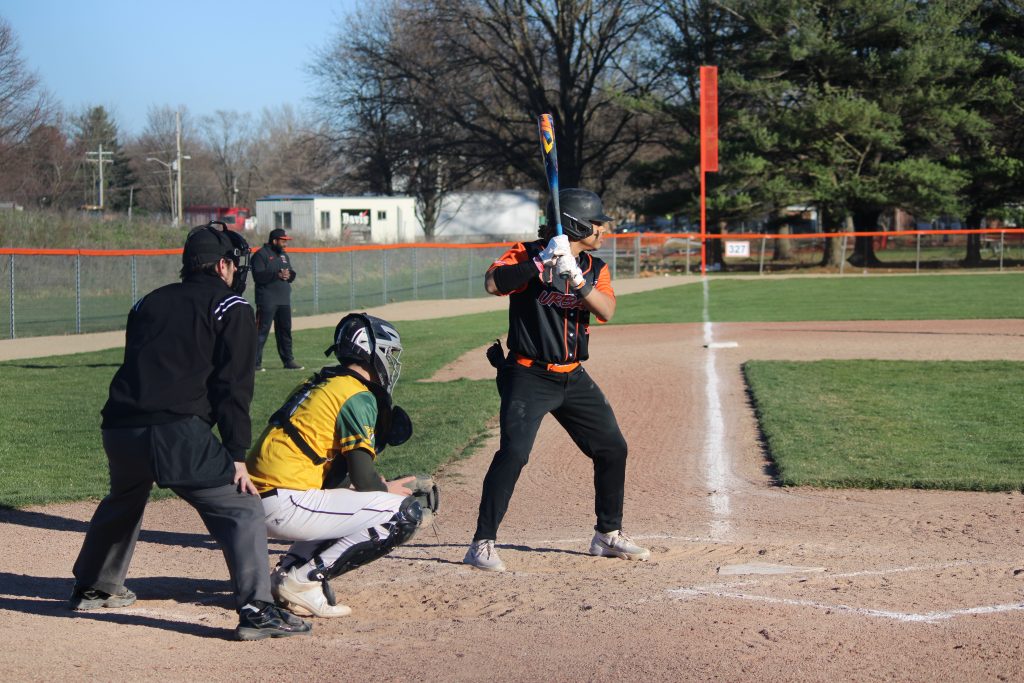How to Drive Safe in the Snow

The cold winter weather conditions can be really aggravating, inconvenient, and totally irritating. During winter, especially in the state of Illinois, snow is something that is expected in any time of the season. Driving in the snow can be very dangerous, risky, and potentially fatal. A snow storm can be the source of incredible natural beauty – unless a driver is faced with the challenge of traveling in the snow since the white stuff creates an ugly scene on many roadways.
Admit it, no matter how good of a driver you are, driving in snowy weather can be dangerous and challenging for drivers of all abilities. These conditions can be absolutely tricky even for experienced drivers. Extreme caution and delicate control inputs are things that should be taken consideration of. Weather conditions that result into unsafe driving conditions, range from rain and snow, to ice and fog. When driving in bad weather conditions, your safeness is not always guaranteed and same goes with the drivers around you. Your vehicle is more likely to skid, due to the slick and slippery road surface causing you to lose control of your car. This can lead you and the drivers around you to collide and cause an accident. Even more at risk are the innocent bystanders who are harder to notice when standing on the side of the street or crossing the road in intersections. It’s helpful to practice winter driving techniques in a snowy weather. Here are a number of driving and survival tips to bear in mind when this kind of weather kicks off:
Watch your speed: This is pretty much common sense. Remember that cyclists and pedestrians, as well as other vehicles, will be less visible. You should drive more slowly and carefully than normal while driving in bad weather. This can reduce the possibility of accidents from skidding. Leave yourself plenty of room to stop. It is recommended by experts to double the amount of space between you and the vehicle in front of you. Brake time is much slower in these types of conditions, and you have to allow for more room, in case you must suddenly have to stop. Obey the basic speed law, which states that you may not drive faster than is safe and prudent for existing conditions, regardless of posted speed limits.
Buckle Your Seat Belt: This again, seems obvious. Even when weather conditions aren’t that bad, seatbelts are always required to be worn just to be safe. How much more when the road’s all slippery? Wearing your seatbelt is not only a Law, but it can greatly help in saving lives, especially in bad weather. It is also important that your passengers wear their seatbelts.
Use Your Low Beams in Fog: Using your headlights on low not only helps your vision, but also can allow for other drivers to see your car through the fog. Staying near the right side of the road can help avoid incoming traffic from the center line.
Be informed: During driving in conditions like this, listening to your local radio station may offer information on road conditions ahead. It is important to stay focused on the road, so keep the volume on low so it does not affect your concentration while driving in bad weather.
Prepare Ahead of Time: Before you drive, try to make sure your vehicle is properly equipped. When you drive in bad weather it usually takes longer and can be stressful. Leaving earlier can allow you to reach your destination without worry of running late. If possible, take an alternate route to avoid weather systems that can affect your driving.
Watch carefully for “black ice”: While a snow-covered road can be an obvious driving hazard, a road that just looks wet can also be deceivingly slippery. Temperatures don’t have to be below freezing for black ice to develop, melted snow or ice that refreezes may still look deceivingly like a dry road. Keep an eye out for pavement that is slightly darker and a little duller looking than the rest of the road surface– this may indicate that black ice is present.
So, there it is. A few of the things to keep your driving in the winter season secure. These are things that would keep you from danger during bad weather conditions.










